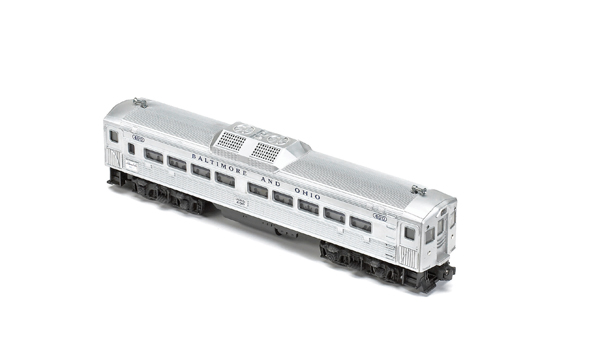
Four years after the Budd Co.’s Rail Diesel Car made its debut in 1949, Auburn Model Trains announced the first O gauge model. This firm traveled the simplest path in 1953 when it installed a motor inside the shell of one of its streamlined passenger cars. AMT released Rail Diesel Cars in four road names. […]
Read More…

Jools Holland and his railway empire Like many of you, my interest in model railways started as a young boy. In the Swinging Sixties, my father built me a small layout in our tiny, terraced house in not-particularly-swinging Greenwich on the River Thames in old Southeast London. Over the years I maintained an interest, and […]
Read More…
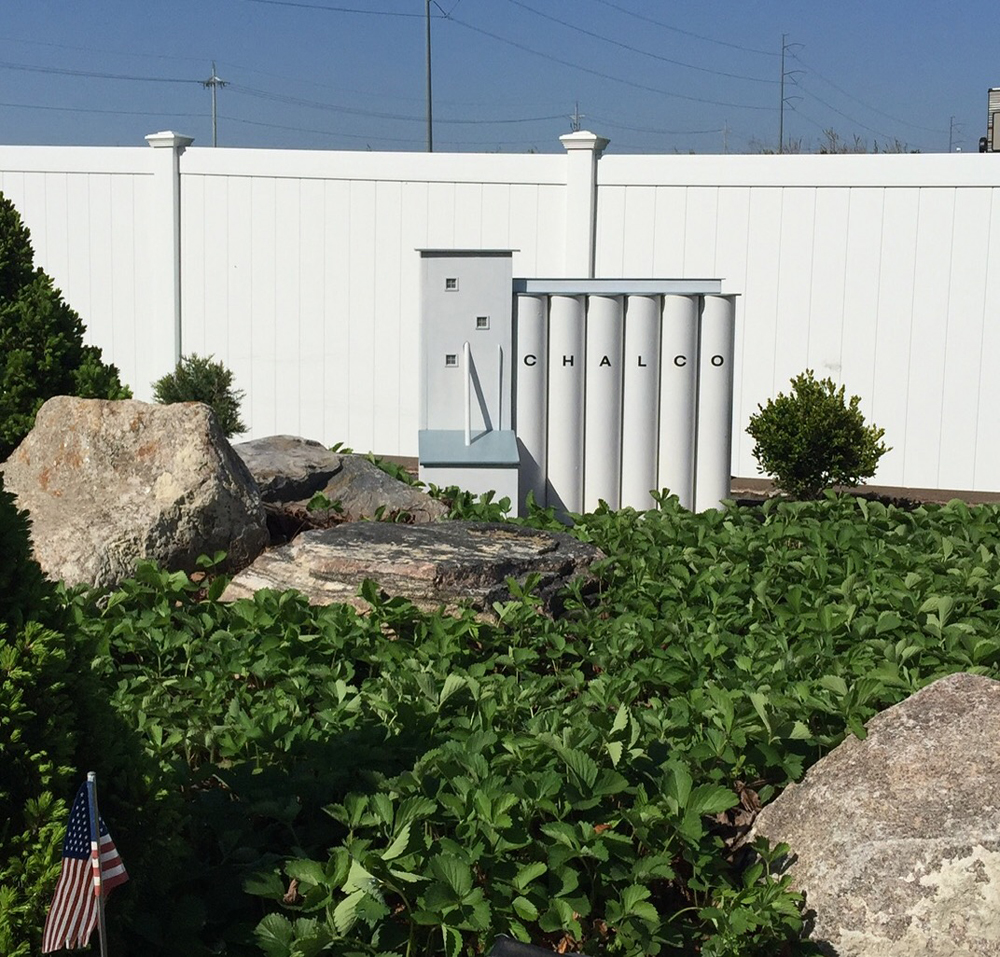
I scratchbuilt a large-scale grain elevator in 1:29 scale using PVC pipes, PVC boards, and styrene. To make the silos, I used 4” diameter PVC pipes. After cutting the pipes to the length that I wanted, I drilled holes through each pipe and used 2 threaded bolts to hold them together. The bolts run […]
Read More…
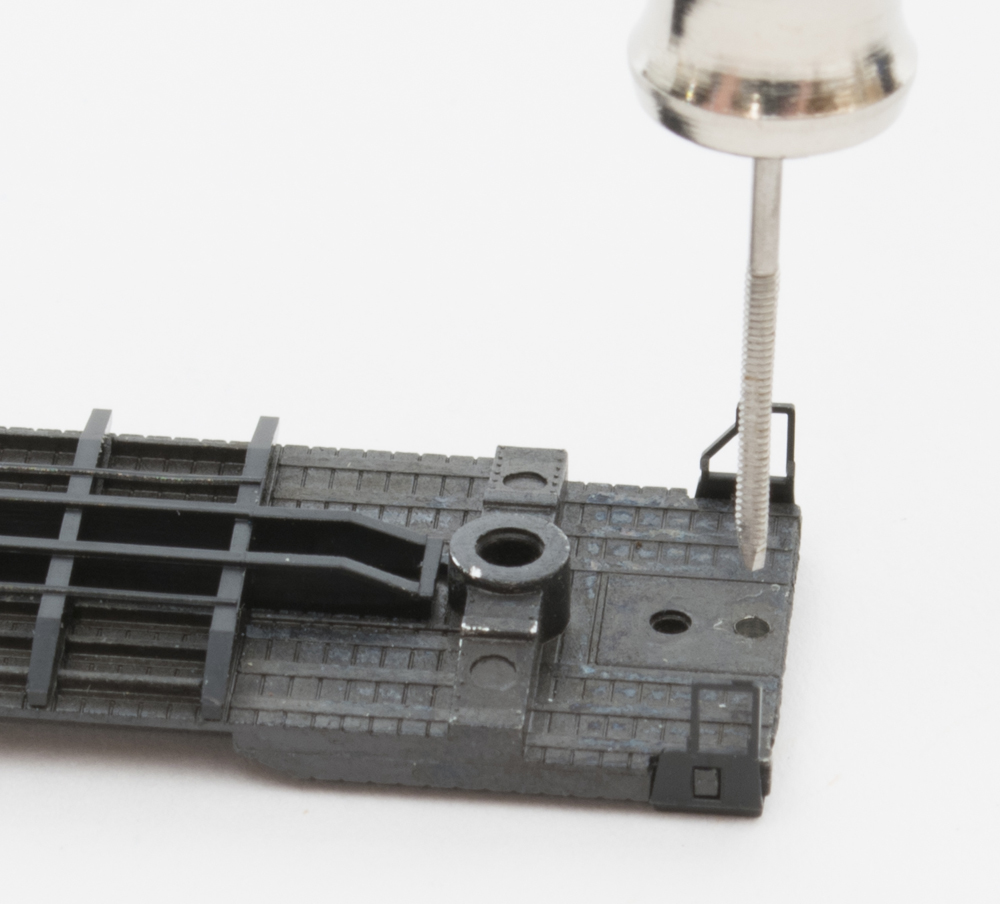
Prototype locomotives and freight cars have body-mounted couplers, but that hasn’t always been the case on N scale models. Truck-mounted couplers were the standard for many years. Today, almost all N scale locomotives and most newly tooled freight cars have body-mounted N scale couplers. The primary reasons for making the switch from truck-mounted couplers to […]
Read More…
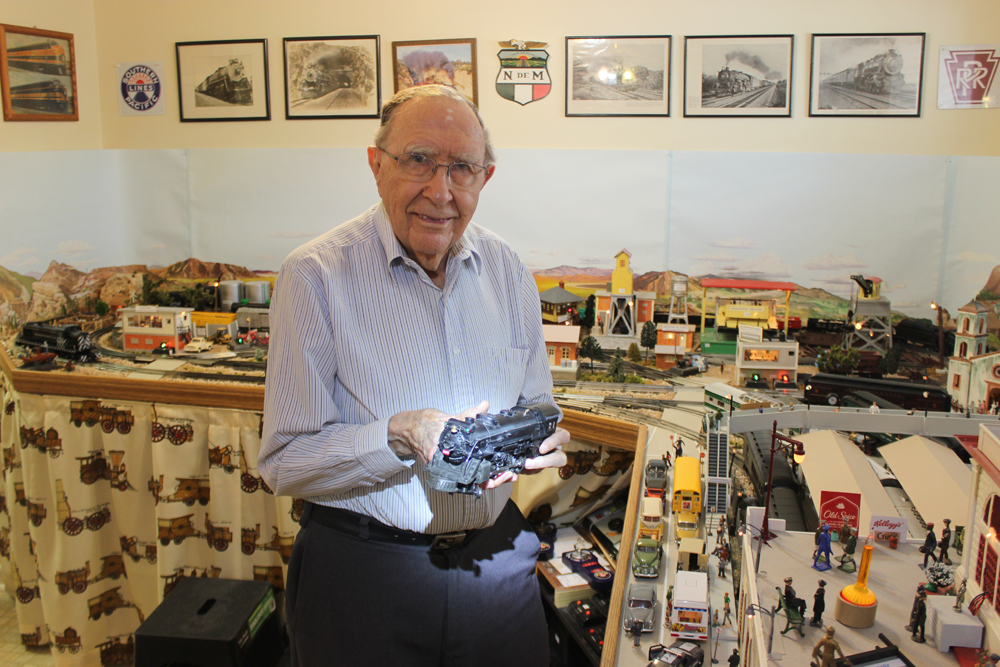
I must have been 11 or 12 years old when I saw Lionel´s 1938 catalog. I turned to page 16 and saw locomotive 225E at the head of set No. 183E, a three-car freight train, and set No. 182E with three red passenger cars. I fell in love with the locomotive. It wasn’t the Baldwin […]
Read More…
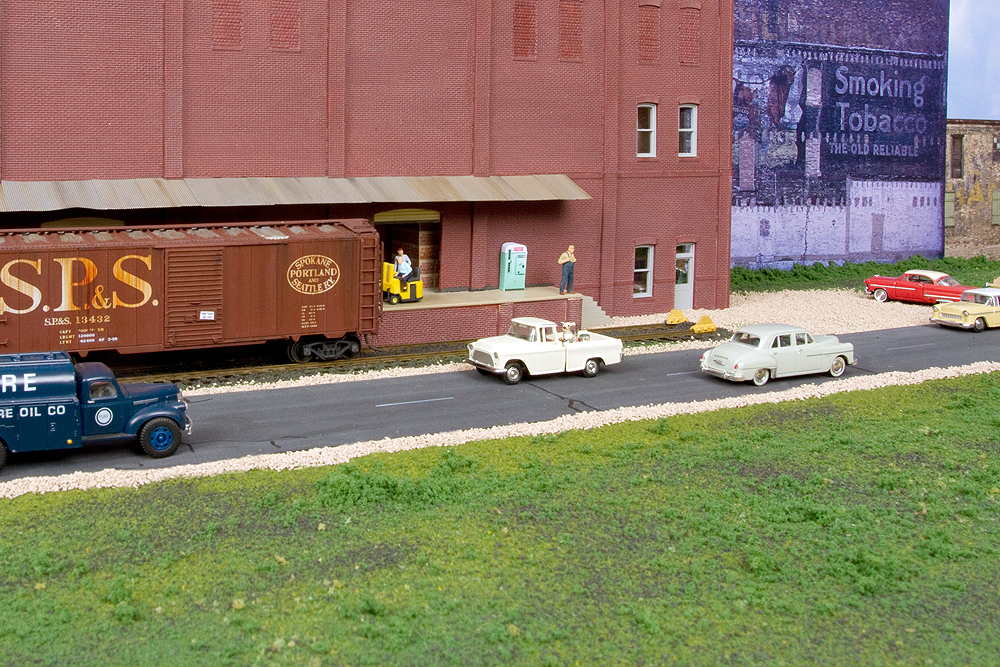
What is ground foam for model railroad layouts? When I first came across this phrase, I thought it was foam that was to be used on the ground, that is, for dirt, grass, and weeds. Then I cottoned on – it’s foam that’s been ground up! So, why would people grind up foam? Well, it […]
Read More…

10 vintage toy train items for your holiday layout The holidays are fast approaching! If you’ll be setting up a display (or a permanent layout), Senior Editor Roger Carp has suggestions for 10 items to add for the most fun! 1. Lionel No. 154 highway signal – for once, its enormous height and out-of-scale proportions […]
Read More…
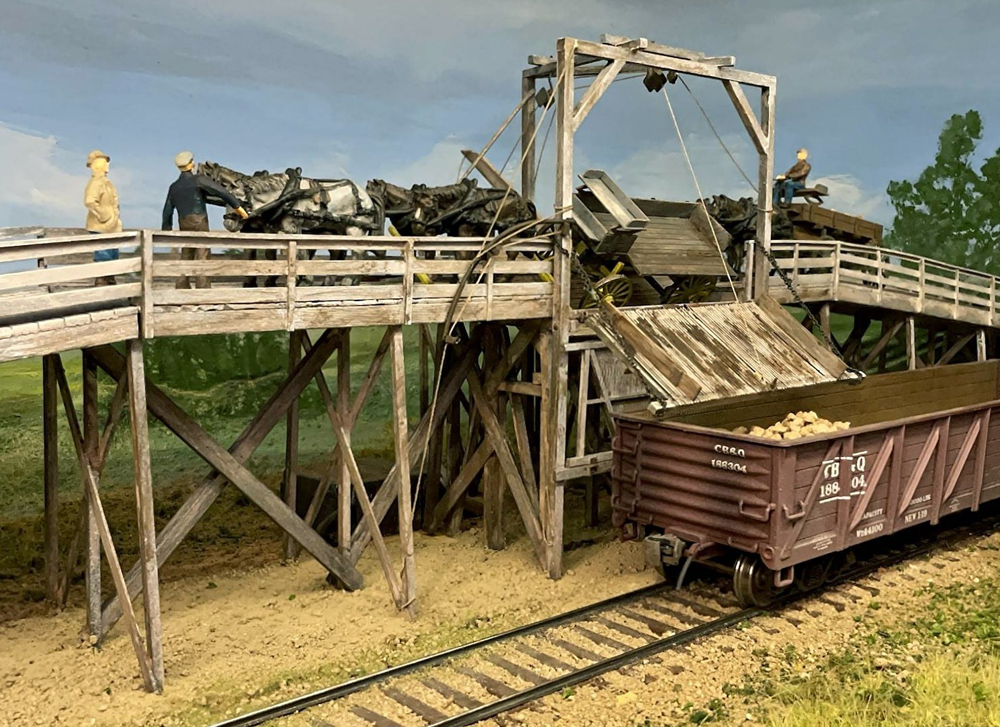
Sugar beet production and sugar refining was an important rail industry throughout the 20th century. Every fall, farmers brought their crops to nearby sugar beet dumps, where beets were loaded into railcars and rushed to sugar company factories. In the early 1900s, sugar companies built tall wooden Carroll beet dumps to speed loading. At the […]
Read More…
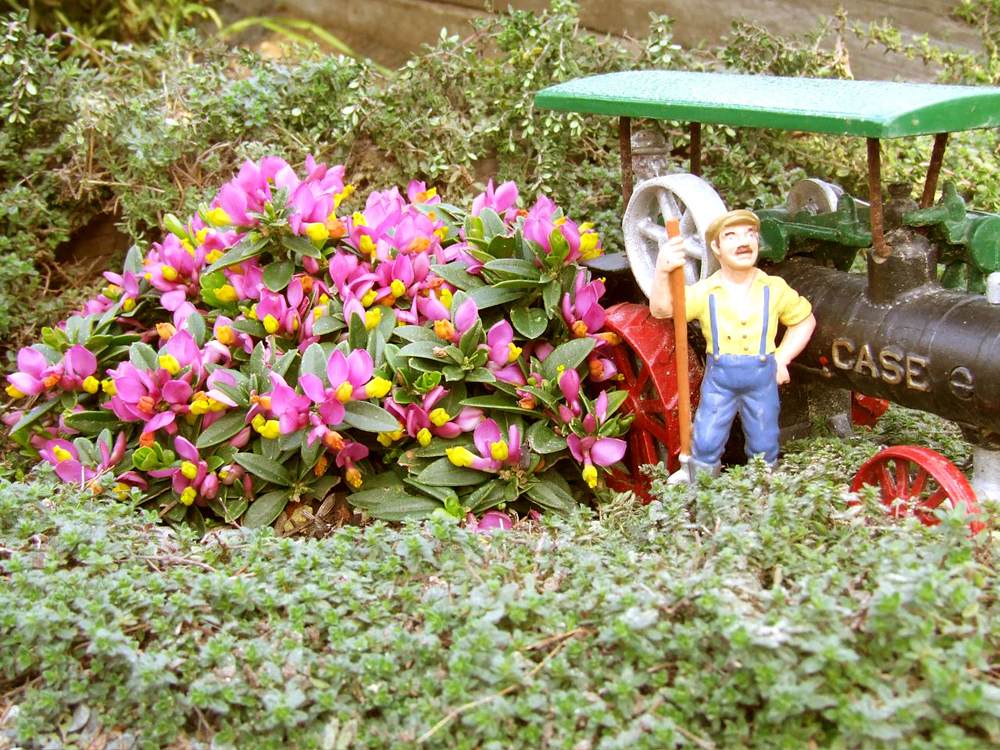
Common name: Creeping milkwort, chapparal pea, box-leaved milkwort Latin name: Polygala chamaebuxus var. grandiflora Plant type: Perennial USDA Hardiness Zones: 6-8 Plant size: 4″ (possibly mounding to 10″), spreading very slowly to 2′ wide Cultural needs: Well-drained, moist, acid soil; sun or bright shade; slow-release evergreen/acidic fertilizer If we didn’t wait so long to get […]
Read More…
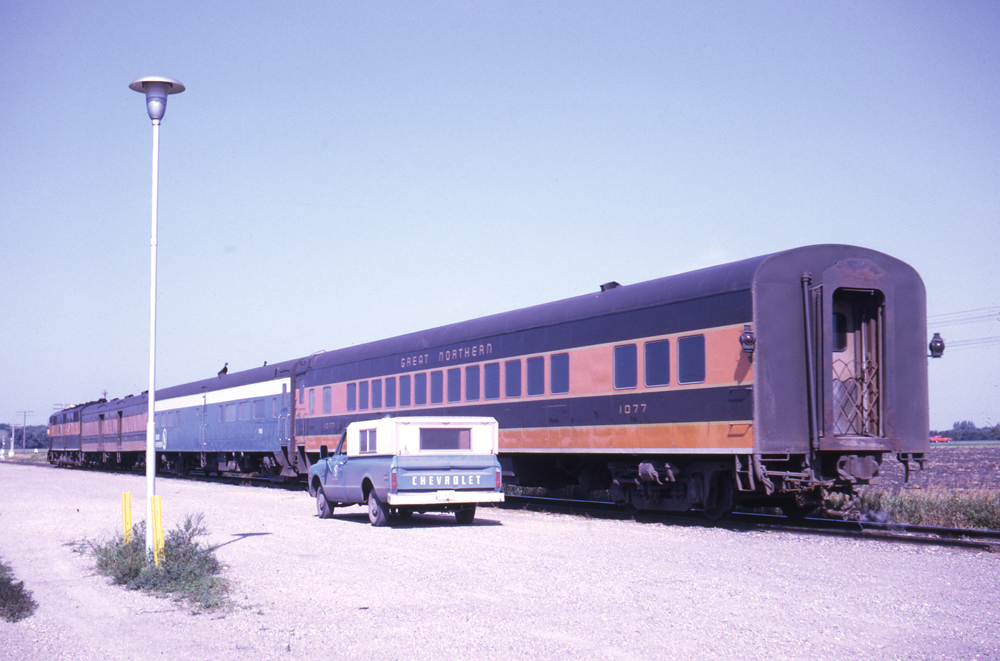
When you think of Burlington Northern, passenger service may not be the first thing that comes to mind. But from March 2, 1970 (Burlington Northern’s first day) to April 30, 1971 (the day before Amtrak started operations), the railroad offered passenger service. Among the name trains were the Empire Builder, Mainstreeter, North Coast Limited, and […]
Read More…
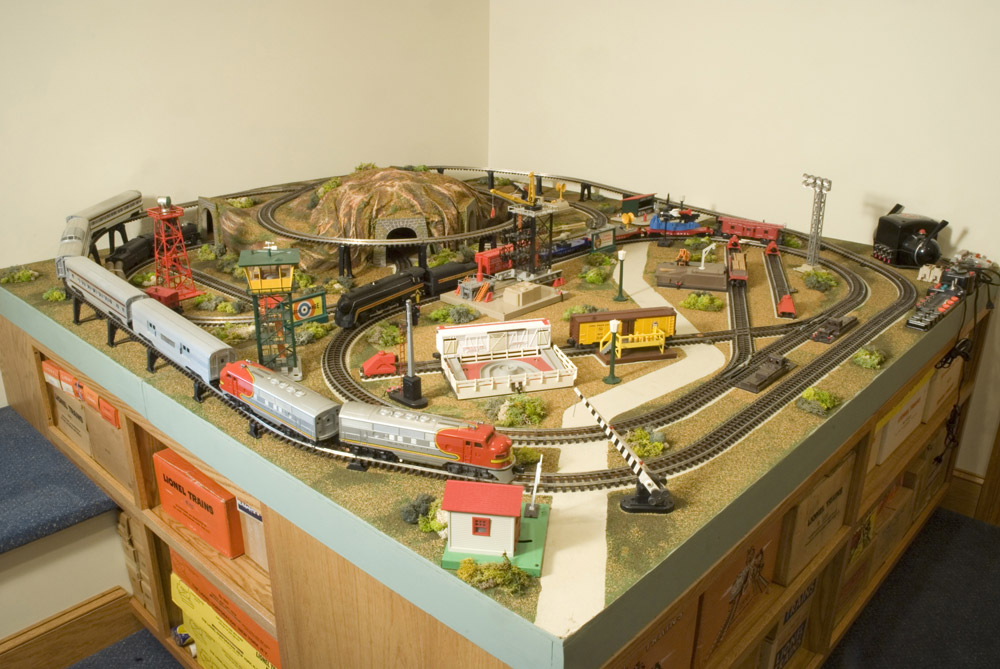
Walt Downer’s collection of Lionel Factory Layouts Ever since Walt Downer can remember, he has been fascinated by things that move. That desire to see something move explains the approach Walt has taken to collecting Lionel trains and accessories from the postwar era. Passionate about Lionel history, he set out to build a great collection […]
Read More…
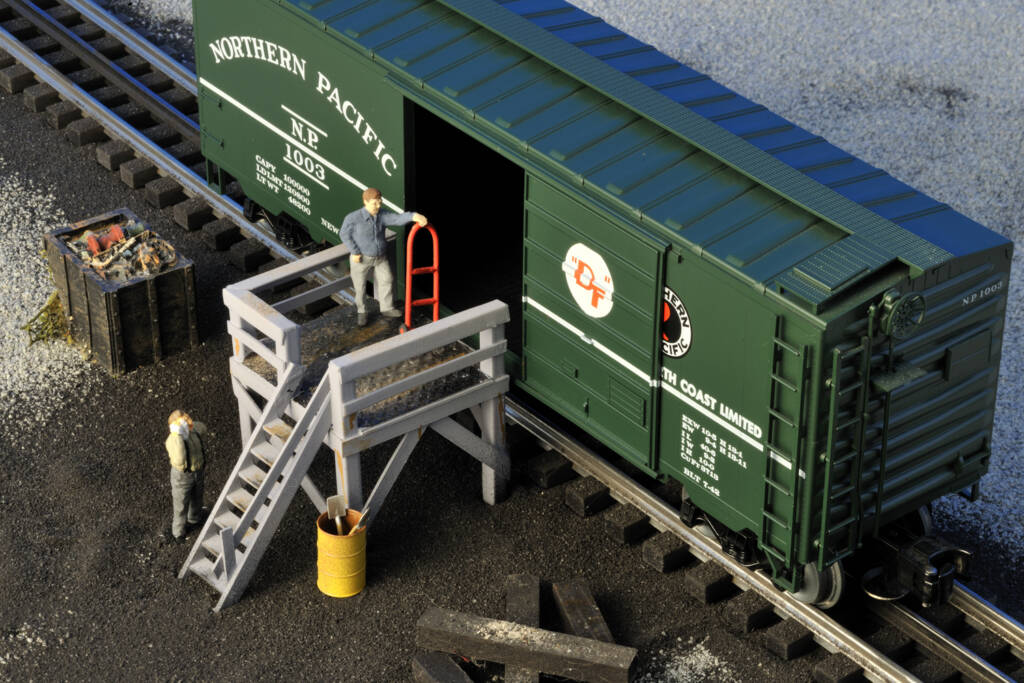
When you look at any model railroad, it’s the details that grab your attention—the people at the station, barrels by the wayside, or maybe a weathered locomotive or car. A recent trip to Sand Patch, Pa., inspired this small but important platform used by the maintenance-of-way department to unload materials for work along the line. […]
Read More…












